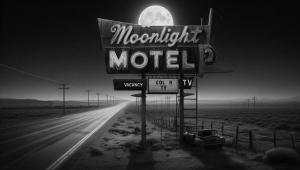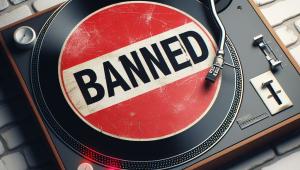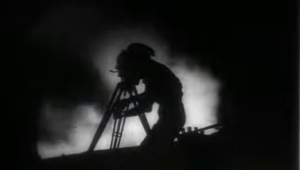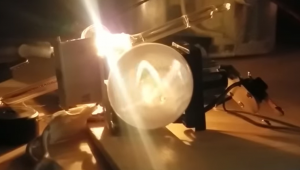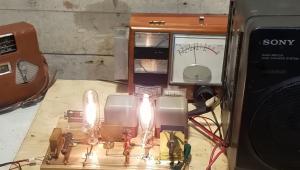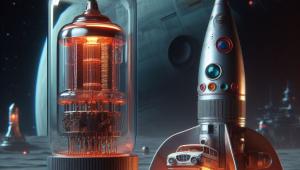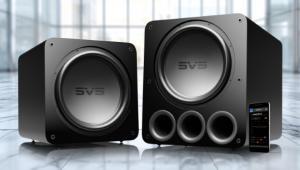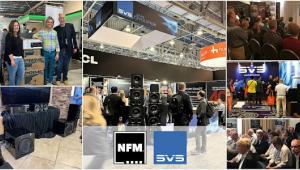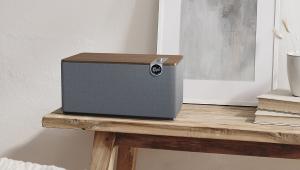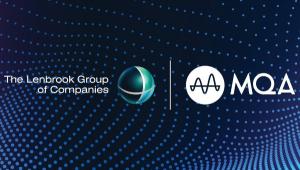Is This Fast Enough For You?
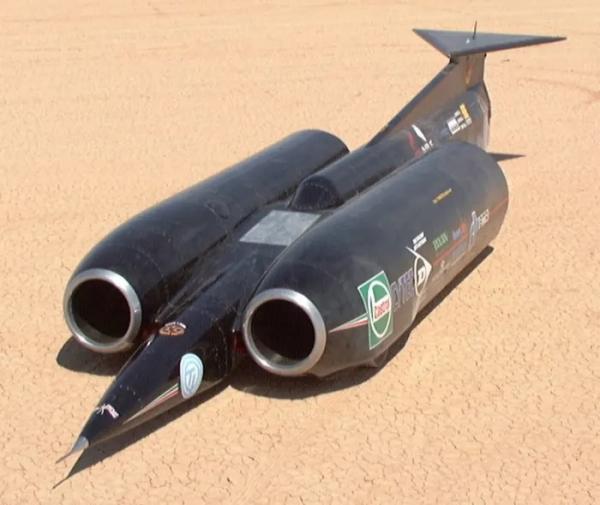
The speed of sound and in particular the “sound barrier” has history and romance. Chuck Yeager was the first person to officially go supersonic. He broke the sound barrier on October 14, 1947 in a Bell X-1 rocket plane that Yeager had nicknamed Glamorous Glennis. (He did it in level flight; various other pilots claim to have unofficially broken it before that, while diving their airplanes).
The speed of sound (nominally 767 miles per hour in air at 68 degrees F.) is not a constant. The particular figure depends greatly on the medium that conveys the vibrations, as well as temperature (frequency and pressure are also small but measurable factors). Sound travels faster in solids than in gases; for example, the speed is about 15x in iron and 35x in a diamond.
Then there is the speed of light. Light speed is a constant (around 186,000 miles per second). This number is useful to astronomers, but of no real practical value to the rest of us because it's incomprehensibly fast. The science fiction conceit of warp speed notwithstanding, the physicists at Wikipedia tell us that conventional matter or energy, or any any signal carrying information, can never go faster than the speed of light. I would posit that the speed of light is also boring. Ask yourself: What has the speed of light ever done for you? The answer: Nothing.
In contrast to light speed, sound speed is something that everyone experiences on a daily basis and is useful in earthly settings, like baseball parks. If you're sitting in the bleachers a fair distance from home plate, you can easily detect the time lag between the sight of the bat hitting the ball (brought to you quickly at the speed of light) and the sound of the impact (brought to you much, much later at the speed of sound). We immediately understand that it takes human-scale time for sound to travel a relatable distance.
Another familiar example, and one with potentially life-saving value, is the question of the distance between you and lighting bolts. You see the flash of light, and then a bit later, you hear the boom (for example, 5 seconds equates to about a mile). The shorter that time lag, the nearer the storm. And, as a corollary, we should note that when the sound you hear is a loud CRACK, as opposed to a dull RUMBLE, we can gauge the distance of the lightning strike because high frequencies are more readily attenuated as sound travels through air. If you hear a CRACK right after the flash, let go of your kite and go prone.
As noted, the speed of light is boring. It is an immutable number. There is the speed of light, and that's all. In contrast, consider how the speed of sound is used as a marker for all kinds of practical realms. In particular, you have subsonic, transonic, supersonic, and hypersonic — sonic measures what mere humans can relate to precisely because they are all turtle-slower than light speed.
But, don't feel bad about being subsonic. If you really wanted to, you could upgrade to supersonic status, at least for a brief period. For example, you could build a fast car, a really fast car, like the jet-powered Thrust SSC (pictured above). Driven by fighter pilot Andy Green, it broke the sound barrier on October 15, 1997 with a top speed of 763 mph at its ambient temperature. (A downside to going really fast: climate-change warriors will note that the vehicle's fuel economy was 0.05 mpg.)
Einstein and the universe might move at the speed of light. But for me, life in the subsonic slow lane suits me just fine, thank you very much. Honestly, I don't mind walking.
